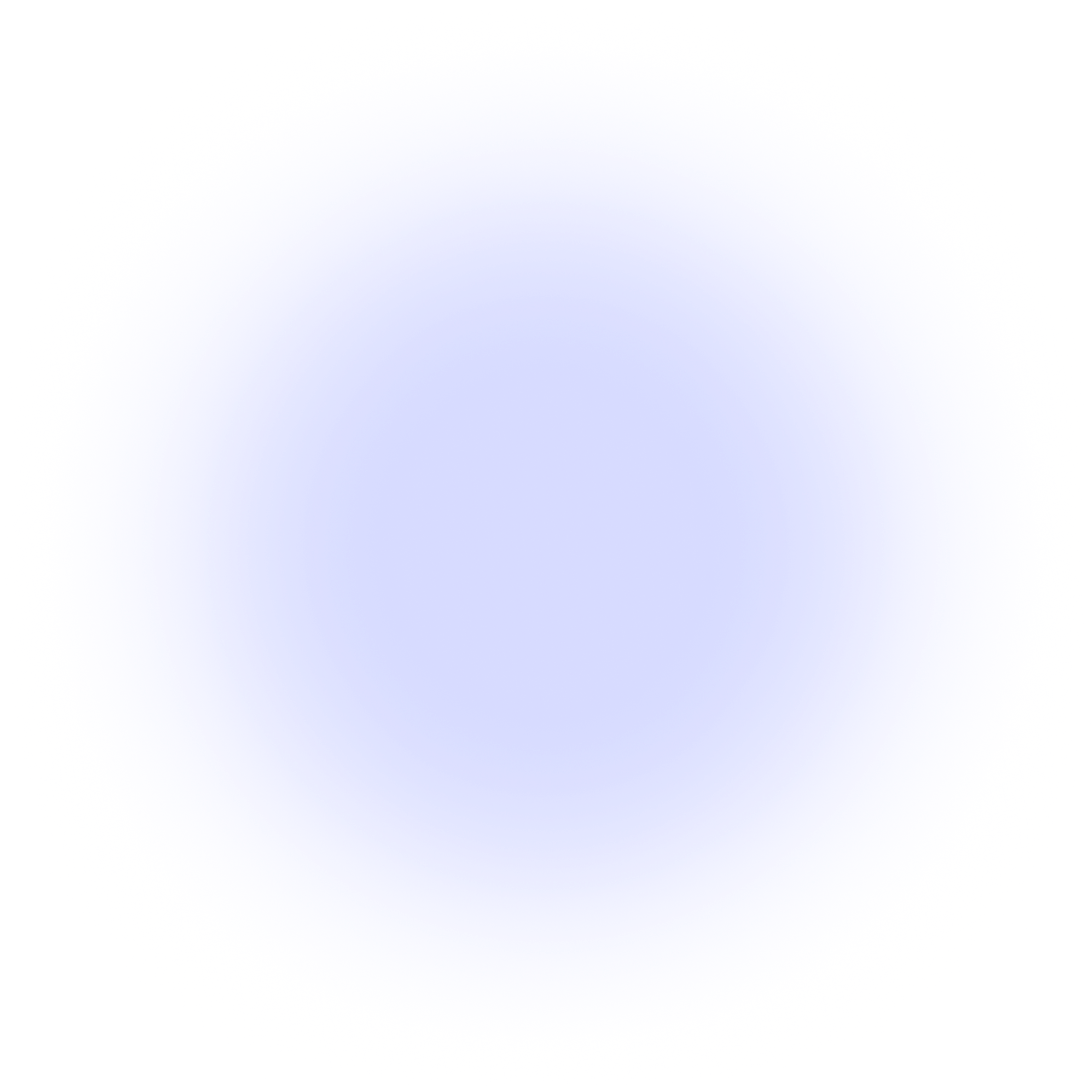


Accelerating early-stage therapeutics discovery
Our interpretable virtual cell finds the optimal wet-lab experiment faster

Peer inside the black box of biology
How Markov accelerates therapeutics discovery
Train a virtual cell model
We train our machine learning model on vast amounts of ‘omics data at multiple scales. This learned dynamics model forms the foundation of our virtual cell.
Shine a light onto the black box
Our interpretability tools shine a light onto the virtual cell, allowing it to be introspected and probed through natural language.
Accelerate therapeutics discovery
The combination of virtual cell and interpretability tools allow us to run experiments and make sense of their results completely in silico, accelerating the early-stage research iteration loop.

GCTCAGAAGCGCCGAGAGCGCGGCCGGGACGGTTGGAGAAGAAGGCGGCTCCCGGAAGGGGGAGAGACAAACTGCCGTAACCTCTGCCGTTCAGGAACCCGGTTACTTATTTATTCGTTACCCTTTTTCTTCTTCCTCCCCCAAAAACCTTTTCCTTTTCCCTTCTTTTTTTTTCCTTTTTGGGAGCTGAAAAATTTCCGGTAAGGGAAAGAAGGGCTCCTTTCGCTCCTTATTTCCCCGCCTCCTTCCCTCCCCCACCTTCCCCTCCTCCGGCTTTTTCCTCCCAACTCGGGGAGGTCCTTCCCGGTGGCCGCCCTGACGAGGTCTGAGCACCTAGGCGGAGGCGGCGC
GCTCAGAAGCGCCGAGAGCGCGGCCGGGACGGTTGGAGAAGAAGGCGGCTCCCGGAAGGGGGAGAGACAAACTGCCGTAACCTCTGCCGTTCAGGAACCCGGTTACTTATTTATTCGTTACCCTTTTTCTTCTTCCTCCCCCAAAAACCTTTTCCTTTTCCCTTCTTTTTTTTTCCTTTTTGGGAGCTGAAAAATTTCCGGTAAGGGAAAGAAGGGCTCCTTTCGCTCCTTATTTCCCCGCCTCCTTCCCTCCCCCACCTTCCCCTCCTCCGGCTTTTTCCTCCCAACTCGGGGAGGTCCTTCCCGGTGGCCGCCCTGACGAGGTCTGAGCACCTAGGCGGAGGCGGCGC
TACCGTAGACCAGATAGCATAGACATACCGTAGACCAGATAGCATAGACATACCGTAGACCAGATAGCATAGACATATAGCATAGACATACCGTAGACCAGATAGCATAGACATACCGTAACCGTAGACCAGATAGCATAGACATACCGTAGACCAATAGCATAGACATACCGTAGACCAGATAGCATAGACATACCGTAGATAGCATAGACATACCGTAATAGCATAGACATACCGTAGACCAGATAGCATAGACATACCGTAGACCAGATAGCATAGACATACCGTAGACCAGATAGCATAGACATACCGTAGACCAGATAGCATAGACATACCGTAGACCAGATAGCATAGACATACCGTAGACCAGATAGCATAGACATACCGTAGACCAGATAGCATAGACATACCGTAGACCAGATAGCATAGACA
TACCGTAGACCAGATAGCATAGACATACCGTAGACCAGATAGCATAGACATACCGTAGACCAGATAGCATAGACATATAGCATAGACATACCGTAGACCAGATAGCATAGACATACCGTAACCGTAGACCAGATAGCATAGACATACCGTAGACCAATAGCATAGACATACCGTAGACCAGATAGCATAGACATACCGTAGATAGCATAGACATACCGTAATAGCATAGACATACCGTAGACCAGATAGCATAGACATACCGTAGACCAGATAGCATAGACATACCGTAGACCAGATAGCATAGACATACCGTAGACCAGATAGCATAGACATACCGTAGACCAGATAGCATAGACATACCGTAGACCAGATAGCATAGACATACCGTAGACCAGATAGCATAGACATACCGTAGACCAGATAGCATAGACA
TACCGTAGACCAGATAGCATAGACATACCGTAGACCAGATAGCATAGACATACCGTAGACCAGATAGCATAGACATATAGCATAGACATACCGTAGACCAGATAGCATAGACATACCGTAACCGTAGACCAGATAGCATAGACATACCGTAGACCAATAGCATAGACATACCGTAGACCAGATAGCATAGACATACCGTAGATAGCATAGACATACCGTAATAGCATAGACATACCGTAGACCAGATAGCATAGACATACCGTAGACCAGATAGCATAGACATACCGTAGACCAGATAGCATAGACATACCGTAGACCAGATAGCATAGACATACCGTAGACCAGATAGCATAGACATACCGTAGACCAGATAGCATAGACATACCGTAGACCAGATAGCATAGACATACCGTAGACCAGATAGCATAGACA
TACCGTAGACCAGATAGCATAGACATACCGTAGACCAGATAGCATAGACATACCGTAGACCAGATAGCATAGACATATAGCATAGACATACCGTAGACCAGATAGCATAGACATACCGTAACCGTAGACCAGATAGCATAGACATACCGTAGACCAATAGCATAGACATACCGTAGACCAGATAGCATAGACATACCGTAGATAGCATAGACATACCGTAATAGCATAGACATACCGTAGACCAGATAGCATAGACATACCGTAGACCAGATAGCATAGACATACCGTAGACCAGATAGCATAGACATACCGTAGACCAGATAGCATAGACATACCGTAGACCAGATAGCATAGACATACCGTAGACCAGATAGCATAGACATACCGTAGACCAGATAGCATAGACATACCGTAGACCAGATAGCATAGACA

Our mission is to radically accelerate biomedical progress
Advances in tools for studying biological systems have only recently begun translating into life-changing medicines for patients in need. It certainly feels like there is tremendous change afoot, with the potential for new biomedical breakthroughs growing by the day.
Markov’s mission is to radically accelerate the realization of this potential into actual biomedical progress. To do this, our current focus is building scaled, interpretable biological dynamics models for early-stage therapeutics discovery. By combining state-of-the-art machine learning with vast amounts of biological data, we are creating the tools to help research teams more effectively find therapeutics to advance into the clinic. Here’s how we’re doing that… read more
Build the future of biotech
We’re always looking for talented engineers and strategic investors to join our journey.